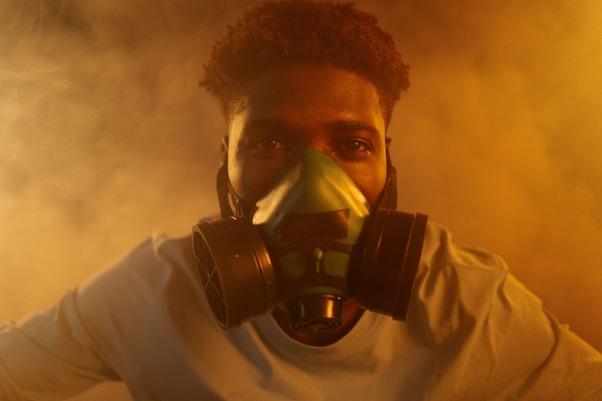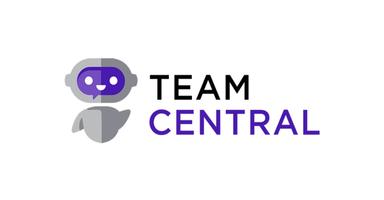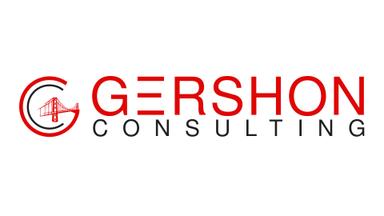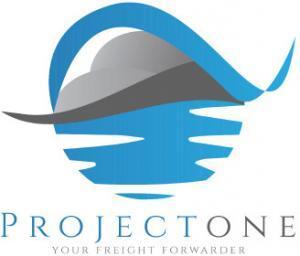Rising Cancer Risks Demand Safer Work Environments Worldwide

Occupational factors now feature more prominently in cancer etiology, alongside lifestyle and genetics. Millions of workers worldwide face daily exposure to carcinogens in factories, mines, construction sites, labs, and offices. Inhalation, chemical handling, radiation, and shift work pose long-term, often devastating risks.
Creating safer workplaces is a moral and public health necessity. Governments, employers, and regulators must identify risks, enforce standards, and raise awareness. Investing in clean technologies, health screenings, and transparent reporting reduces exposure, saves lives, and ensures evolving industries prioritize worker protection globally.
In this article, we aim to call attention to occupational cancer, highlight key hazards, identify affected industries, and expose regulatory gaps.
The Growing Global Concern of Workplace-Linked Cancer
Workplace-linked cancer has become a major occupational health challenge worldwide. Expanding industries expose workers to carcinogens like asbestos, benzene, formaldehyde, and diesel exhaust.
Limited education and inadequate safety enforcement leave many unaware of long-term risks. These preventable diseases impose heavy economic burdens on families, healthcare systems, and national productivity.
The Institute of Occupational Medicine reports that more than 700,000 people die each year from work-related cancers, mainly lung and respiratory tumors. Major causes include asbestos, crystalline silica dust, diesel exhaust, and various hazardous agents. The construction and manufacturing sectors remain the most heavily impacted by these occupational risks.
Key Industries Facing Occupational Exposure Risks
All workplaces carry some risk, but a few global industries face higher cancer exposure. Construction and mining regularly expose workers to carcinogens like crystalline silica dust. Asbestos in older buildings and mining equipment further increases health hazards for employees.
Manufacturing is a hotspot for chemical-related cancers, as workers handle benzene, formaldehyde, and metal fumes in poorly ventilated areas. The transportation sector also raises concerns due to long-term diesel exhaust exposure. The American Cancer Society also classifies diesel exhaust as carcinogenic to humans.
In rail transportation, long-term exposure has also led to significant legal cases, notably railroad cancer lawsuits. In this context, railroad cancer lawyers play a vital role by assisting affected workers, like conductors, engineers, and mechanics, in seeking justice. They also advocate for stronger safety reforms across the rail industry to prevent future hazards.
Gianaris Trial Lawyers notes that railroad employees trusted that their workplaces were safe, yet diesel and benzene risks were long ignored. Lawsuits claim companies failed to provide protections or warnings. Victims may receive compensation for medical costs, lost income, and lasting health impacts.
Modern Workplace Safety and Health Initiatives
Advanced monitoring, technology, and regulation now underpin a critical focus on cancer prevention within workplace safety programs. Employers use safer material substitutes, enhance ventilation, and conduct regular exposure checks. Innovations such as wearable sensors and AI systems monitor air quality in real time and enable rapid, effective interventions.
The US Department of Energy reports that every $1 invested in effective workplace safety programs can save $4 to $6 in direct costs. Additional research indicates that indirect costs, such as downtime and productivity loss, may reach ten times higher. It demonstrates that proactive safety initiatives offer both health and economic benefits.
Policy and Regulatory Challenges Across Borders
Despite greater awareness, efforts to curb workplace-linked cancer face serious policy and regulatory challenges. Many developing nations lack adequate occupational health laws or enforcement systems. Even strong frameworks show inconsistencies in exposure limits and reporting. Multinational firms face conflicting regulations, which complicates global accountability and safety compliance.
The International Labour Organization states 2.3 million people die annually from work-related diseases or accidents, a daily toll of 6,300 deaths. The human toll is immense, which reflects deep policy shortcomings. Poor workplace safety leads to substantial financial losses and costs nearly 4% of the global GDP annually.
Importance of Education and Worker Empowerment
Empowering workers through education offers a powerful defense against occupational cancer. Understanding workplace health risks and proper safety equipment use allows employees to protect themselves effectively. Training programs, clear communication, and strong union support foster a culture where safety becomes a shared responsibility, not just a top-down requirement.
A study published in MDPI revealed that 65% of managers offered consistent and comprehensive training programs. This reflects growing recognition of education’s role in workplace safety. Regular training empowers workers, providing them with essential knowledge and confidence to identify hazards early, which reduces risks linked to occupational cancers.
The Future of Health-First Work Environments
Future workplaces are being redesigned with health and safety as central priorities. Organizations are moving beyond reactive compliance toward proactive, health-first strategies. These approaches combine employee wellness, sustainable practices, and technological innovations. By prioritizing prevention, companies aim to create safer, healthier, and more productive work environments for all employees.
From AI-driven exposure tracking to eco-friendly building designs, workplaces now emphasize prevention over remediation. Employers increasingly understand that safeguarding workers’ long-term health serves both ethical and practical goals. Focus on employee well-being boosts productivity, fosters trust, and encourages innovation for business success.
Frequently Asked Questions
How can small businesses improve safety affordably?
Small businesses can improve safety affordably through prevention and education. Low-cost measures like safety training, proper ventilation, and protective gear reduce risks. Collaborating with local health agencies and using digital monitoring tools ensures compliance without a financial burden.
What can workers do if employers ignore safety rules?
If employers ignore safety rules, workers should record violations and report concerns to safety committees or unions. They can file complaints with authorities like OSHA. Seeking legal counsel or whistleblower protection helps ensure accountability while protecting health and employment rights.
Can regular health screenings lower workplace cancer risk?
Yes, regular health screenings can greatly reduce workplace cancer risk. Early detection allows prompt intervention and limits disease progression. Combined with education on hazards, screenings help employees take preventive steps, maintain safer practices, and protect long-term health against occupational carcinogens.
Prioritizing Worker Safety: A Global Imperative
Rising workplace cancer risks highlight the urgent need for comprehensive safety measures, education, and proactive health initiatives. Every industry must prioritize prevention to protect workers effectively. Global collaboration and accountability are essential to ensure all employees benefit from safe work environments.
Valuing human health alongside operational efficiency is crucial for sustainable progress. Safer workplaces are not just legal obligations but moral and economic necessities worldwide.
Business News
How Fashionphile Founder Built a Luxury Resale Empire from eBay to Millions
How Executives Can De-Risk Payment Operations in Regulated Industries
Why Your Engine Air Filter Plays a Bigger Role Than You Think
Phoebe Gates-Backed Startup Secures US$30 Million Investment to Fuel AI Shopping Platform
Anthropic’s AI Bubble Warning: A Call for Caution in the Hype-Driven Race




















